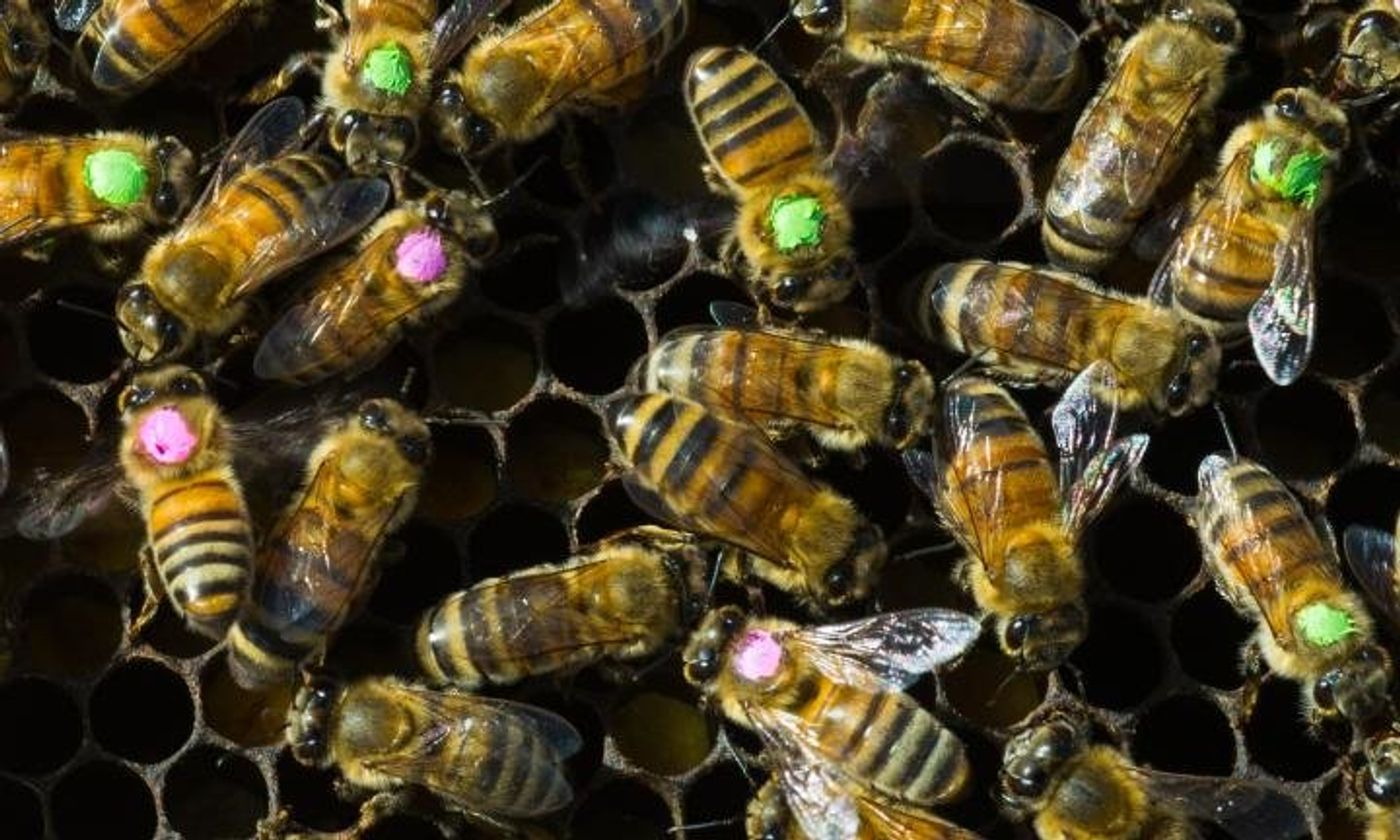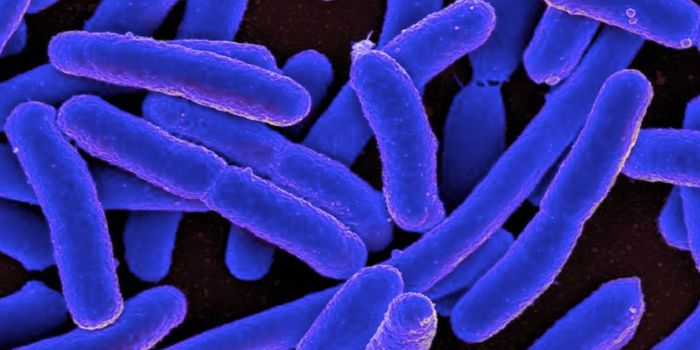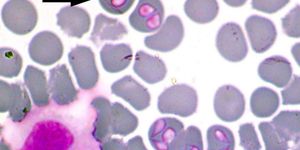Antibiotics and the honeybee microbiome
Antibiotics are bad for bees!
Most of us think of antibiotics as good things - drugs that help treat infections and keep us healthy. According to a new study published in PLOS Biology, that’s not the case for bees.
Honeybees treated with a common antibiotic - tetracycline - were less likely to survive in the following week than untreated bees.
The antibiotic killed the bees’ good gut bacteria and allowed bad bacteria - Serratia - to take over. It’s possible that the good bacteria keep Serratia, and other pathogens, from colonizing the honeybee gut.
According to study author Nancy Moran, a researcher at The University of Texas at Austin, “our study suggests that perturbing the gut microbiome of honeybees is a factor, perhaps one of many, that could make them more susceptible to declining and to the colony collapsing. Antibiotics may have been an underappreciated factor in colony collapse."
Hold up, am I the only one wondering who is giving antibiotics to bees? Well, it turns out that beekeepers treat their hives with antibiotics several times a year to prevent “foulbrood,” an infection caused by Paenibacillus larvae that kills bee larvae.
In this study, the researchers fed bees sucrose syrup with or without tetracycline for 5 days. They marked each bee with a colored dot that indicated whether they had been treated with tetracycline or not (yes, bees with dots is as adorable as it sounds). Then, they returned the bees to their hives to determine if the antibiotic affected survival.
After 3 days, two-thirds of the untreated bees were still alive. However, only one-third of the bees treated with tetracycline were still around.
They also determined how the gut microbiome was affected by the antibiotic treatment. Four of the 8 core species of gut bacteria decreased in abundance - Bifidobacterium, Lactobacillus Firm-5, Lactobacillus Firm-4, and Snodgrassella alvi. Interestingly, some bacteria increased in abundance after antibiotic treatment, including Serratia and Halomonadaceae.
Because Serratia is an opportunistic pathogen, the researchers tested whether tetracycline made the bees more susceptible to infection with Serratia. Sure enough, the bees that were treated with tetracycline showed increased mortality compared to bees that did not receive the antibiotic.
Believe it or not, bees and humans have a lot in common. They both have gut microbiomes that contain host-specific species. This means that what we learn about in bees might also apply to humans. According to author Kasie Raymann, “this was just in bees, but possibly it's doing the same thing to you when you take antibiotics. I think we need to be more careful about how we use antibiotics."
Sources: PLOS Biology, Science Daily









